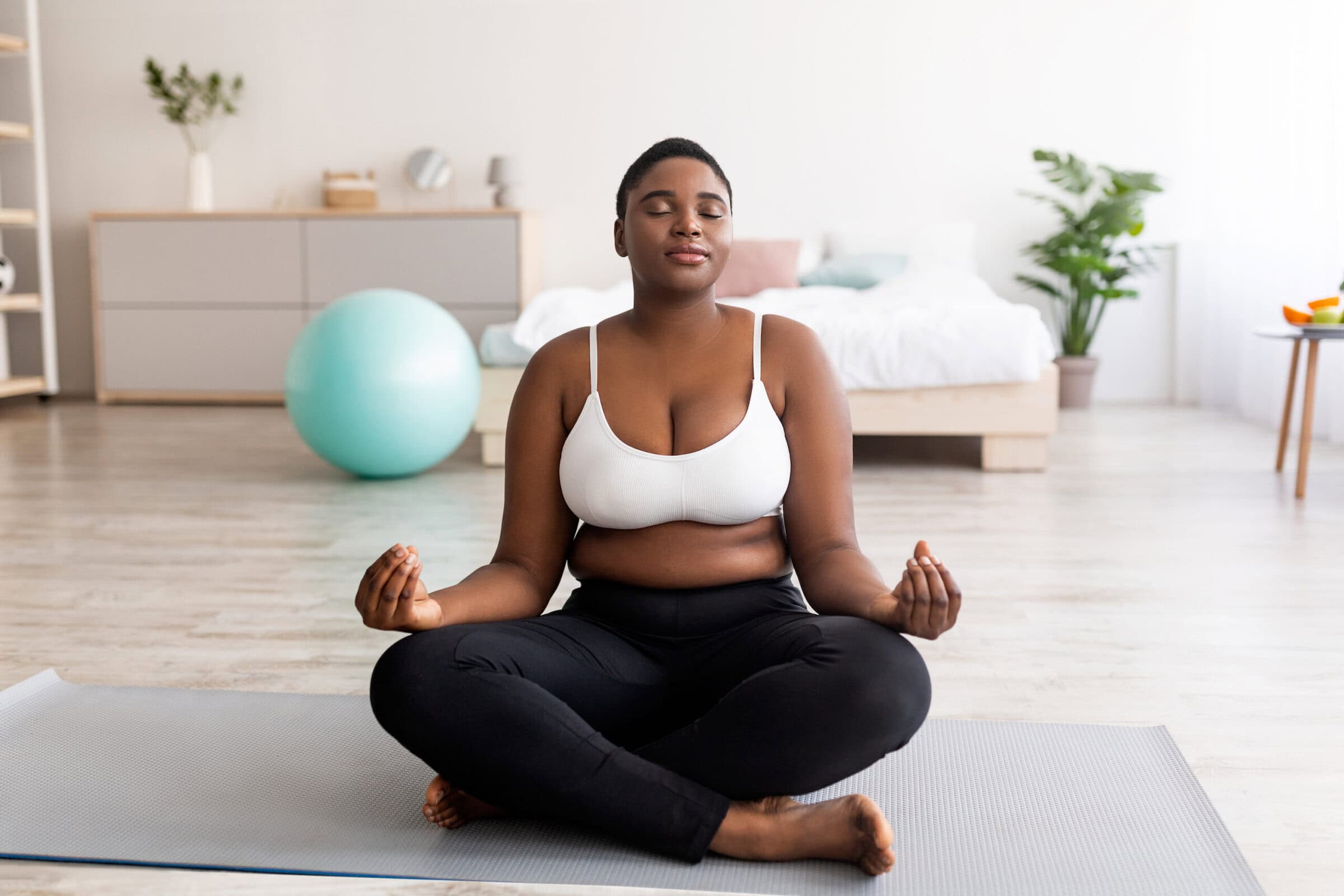When you’re planning a gym machine workout routine for weight loss, you’re probably wondering how long you’ll have to spend at the gym to get results. The good news is, with the right gym equipment, you can plan a workout routine that fits into a lunch break and still get great results.
A couple of things to consider first—if you have one particular goal, like burning belly fat, toning your legs, or beefing up your biceps, you might over-focus on the exercises that target those specific areas. But total body workouts will do more for your cosmetic goals than a bunch of crunches or bicep curls in a lot less time. It will also do a lot more for your fitness and overall well being.
<Gym Machine Workout Routine for Beginners
- Elliptical machine
- Rowing machine
- Smith machine
- Assisted pull-up/dip machine
- Stability ball
1. Elliptical Machine
Minute to minute, no gym machine’s going to burn as many calories as the elliptical. By adjusting the resistance, you can increase the energy output and burn more calories. Because of the moving handles, the elliptical engages more of your body than the treadmill and gives you a more thorough workout, without the high impact on your knees running creates.
Posture is important here. You may be tempted to read a book or watch Netflix on your phone, but if you’re slouching forward, you’re not getting the full benefit of the exercise. Plus, you might wind up with a stiff back. Keep your feet on the inside part of the pedals and drive down with your heels. You should be pushing and pulling with your arms. Keep your head up and engage your core throughout your workout. If your gym has television screens, they usually place them up high. Watching these is an excellent way to pass the time during the grind without ruining your posture.
Unless you’re doing high-intensity interval training, the bare minimum cardio workout should involve a couple of minutes of warm-up, twenty minutes at your target heart rate, and a couple of minutes of cooldown. It doesn’t have to be all on the elliptical— in fact, because of the complementary movements, combining it with this next machine can be quite beneficial.
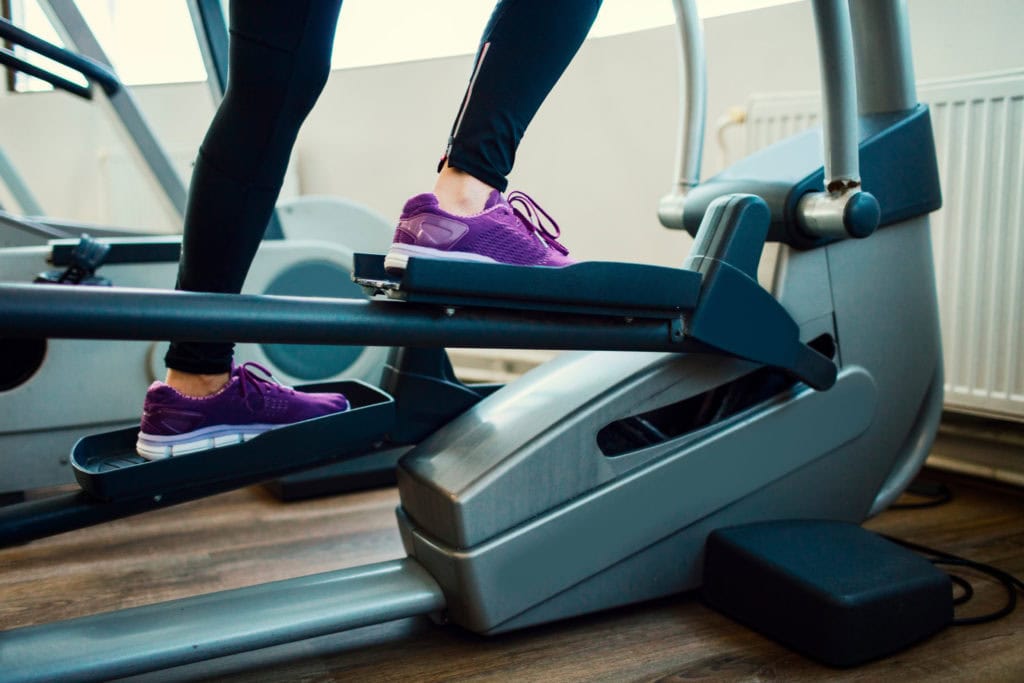
2. Rowing Machine
If your gym has a row machine, you’re in luck. Rowing burns nearly as many calories as the elliptical – and in addition to working your calves, quads, hamstrings, and glutes, it also works out your wrists, grip strength, lats, shoulders, arms, abs, and spinal support muscles in a way that no other cardio machine can hope to achieve. Actually, there isn’t much the rowing machine doesn’t work out.
The thing is, your muscles are designed to work together. How many activities can you think of that only require one muscle? So even if the rowing machine doesn’t burn quite as many calories as the elliptical, it will improve your overall strength and fitness, which will make losing fat a lot easier in the process.
Because it demands so much from your body, you have to perfect the form before you go full tilt. It’s best to have a personal trainer coach you because they will see your mistakes better than you can. To start, strap your feet in and grip the handles with your arms extended. You’ll have your knees at the chest, and you’ll want to keep your thighs close together throughout the workout. Think of the row as four distinct motions.
- Push your legs out all the way, keeping your arms extended.
- Once your legs are all the way extended, pull the handle to the base of your chest while leaning back to a 45° angle.
- Return to an upright position and extend your arms all the way out.
- Slide forward until your knees are at your chest again, and repeat.
Once you’ve got the motion down, it will all become fluid, and you can pick up the intensity. Stick with it, and you’ll see an improvement in your overall strength and coordination.
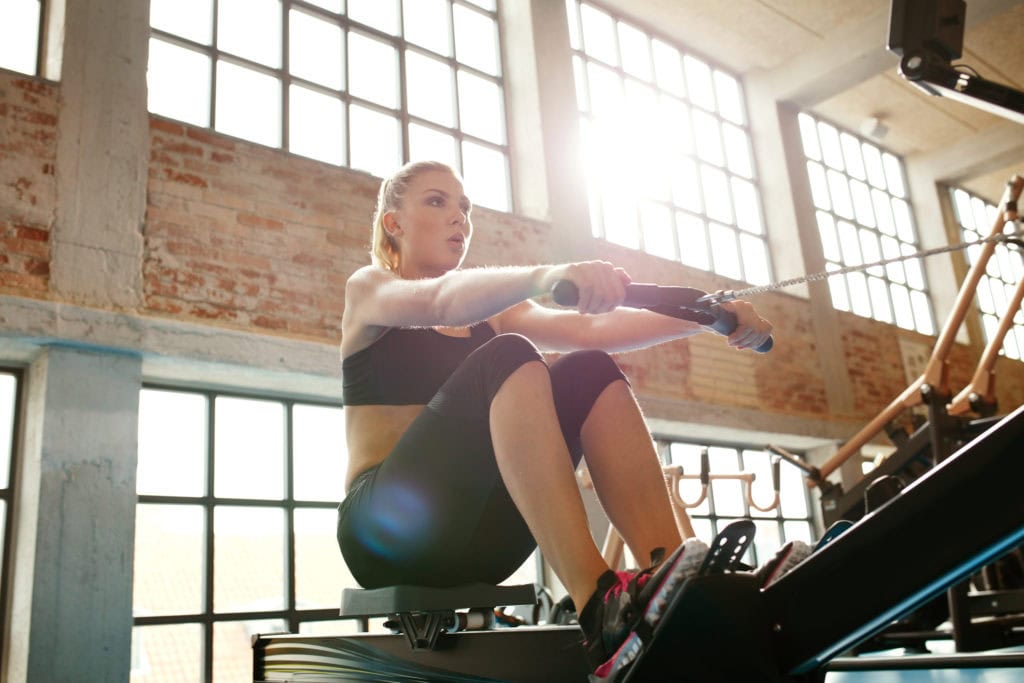
3. Smith Machine
The Smith Machine is the big metal square that looks like a combination of a soccer goal and a cage. You won’t find many gyms without at least one, and there’s a good reason for that. Squats, deadlifts, and bench presses are just a few of the mainstays of weight training that you can do with a Smith Machine. It’s an accessible introduction to these total-body workouts with a much smaller chance of injuring yourself, even if you’re working out solo. Let’s go over the basics:
- Bench Press: You’ll need to center a bench before getting started. Move the bench to your best estimate of the center and lower the bar until it’s on the bench. Use the grips on the bar as a visual cue to adjust the bench. Now you can practice your form with the bar on its own. Lay down on the bench and place your hands on the bar shoulder length apart. Rotate the bar back to unhook it, lower the bar slowly, and explode it back up. Once you’re comfortable, you can add weight and start pumping.
- Squats: You won’t need the bench for this one— you’ll set the bar just above shoulder height, so you can comfortably put your hands and shoulders on the bar. Your hands should be about shoulder-width apart, and your elbows should be bent and pointed down. Your feet should be a little bit in front of you, and you’ll have to stand on your tippy-toes to get the bar unhinged. Once you rotate the bar out of the lock, you shouldn’t have to move your arms— they’re only there for support. Push your butt back, lower yourself, and push back up with your legs. Make sure you’ve got the form down before you add any weight.
A personal trainer can go over more exercises to do on the Smith Machine, but squats and bench presses are an excellent foundation for weight training programs. A half-hour of weight lifting can burn anywhere between 90-260 calories, and a focus on whole-body maneuvers will make sure you don’t over-train any particular muscle, which could lead to injuries.
4. Assisted Pull-up/dip machine
Not many people can go from no workout routine to three sets of pull-ups overnight. The same is true of dips. You have to move your whole body without any help from your legs, and it’s a ton of work. But if your gym has a machine to offer some counterweight, you can develop the muscles you need to do dips and pull-ups unassisted. More muscle mass means you’ll use more calories throughout the day, and it will make it easier to lose weight.
To use the machine, adjust the weight to where you can still do ten reps while giving yourself a challenge. Unlike most of the other gym machines, more weight makes this one easier, as it’s effectively removing that much mass from your body weight. Once you’re ready, put your knees on the platform. For the pull-up, you’ll reach up overhead and pull yourself up until your shoulders are as close to your hands as you can get them, then let yourself down slowly. For the dip, you’ll put your hands on the handles at your side, then lower yourself down slowly, and push yourself up. Either way, you’ll want to keep your core tight, your chin up, and your back straight. You can switch back and forth for interval training, so you keep your heart rate up while you rest each set of muscles.

5. Stability Ball
Okay, so this isn’t a machine per se, but it’s an excellent addition to your routine, no matter your level of fitness. If you’re carrying around extra pounds, some of these gym routines won’t be feasible for you at first. But you can still lose weight with stability ball exercises, and give your back a considerable boost by strengthening your spinal support muscles. And even if you’re in great shape, there are tons of ways you can use it to increase the difficulty of your standard routine.
- Basic Bounce: Sit on the stability ball with your feet a little more than hip-width apart, and bounce up off the ball, letting your feet leave the floor if you can. Start with 5-minute reps, and work your way up from there. It may feel silly, but this can burn over 300 calories in half an hour, and it can stretch out your core and strengthen your spine.
- Basic Crunch: Sit on the ball, then lower yourself until your lumbar region is pressed against the curve of the ball. Keep your feet under your knees throughout the exercise. You can use them to keep your balance, but don’t rely on them too much. Lay back against the ball with your arms behind your head, and pull yourself back up with your abs. Repeat the exercise slowly and deliberately until you’re fatigued, then take a break.
- Stability Ball Pushup: Think you can’t do a push-up? The stability ball can get you started and can be adjusted until it’s way more intense than a normal push-up. To start, put your feet on the ball, and move it until it’s under your knees. Put your hands on the ground, shoulder-length apart and in line with your chest. Let yourself down, press up until your arms are straight, and hold for a moment before letting yourself down again, slowly. To increase the intensity, inch more and more of your body off the ball. The hardest version of this will leave nothing but your feet on the ball, and you’ll work out your whole core trying to stay balanced throughout the movement.
The Bottom Line
Ultimately, getting started on a gym routine is only one piece of the puzzle. After the first couple of sessions, you might struggle for motivation to go back. With a little moral support and the right mindset, committing to your gym time will soon turn from a chore to a treat once you’re used to the flood of endorphins a good gym session gets you. Check out Noom and see how we can help you achieve your fitness and health goals today, and get you the motivation you need to get over the hump.
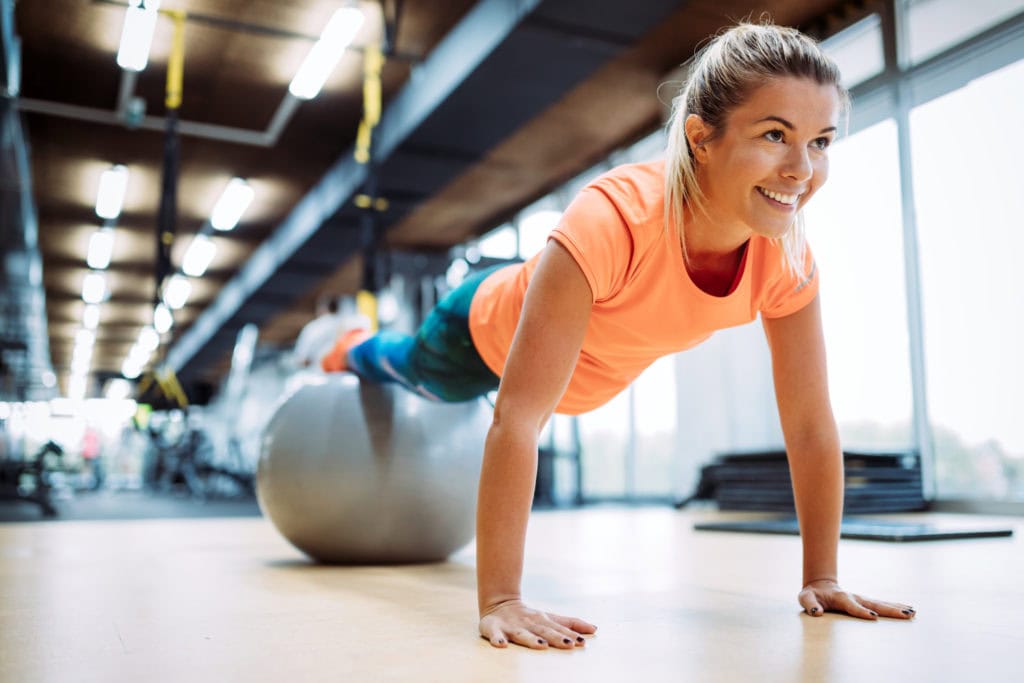
Why you can trust us
At Noom, we’re committed to providing health information that’s grounded in reliable science and expert review. Our content is created with the support of qualified professionals and based on well-established research from trusted medical and scientific organizations. Learn more about the experts behind our content on our Health Expert Team page.

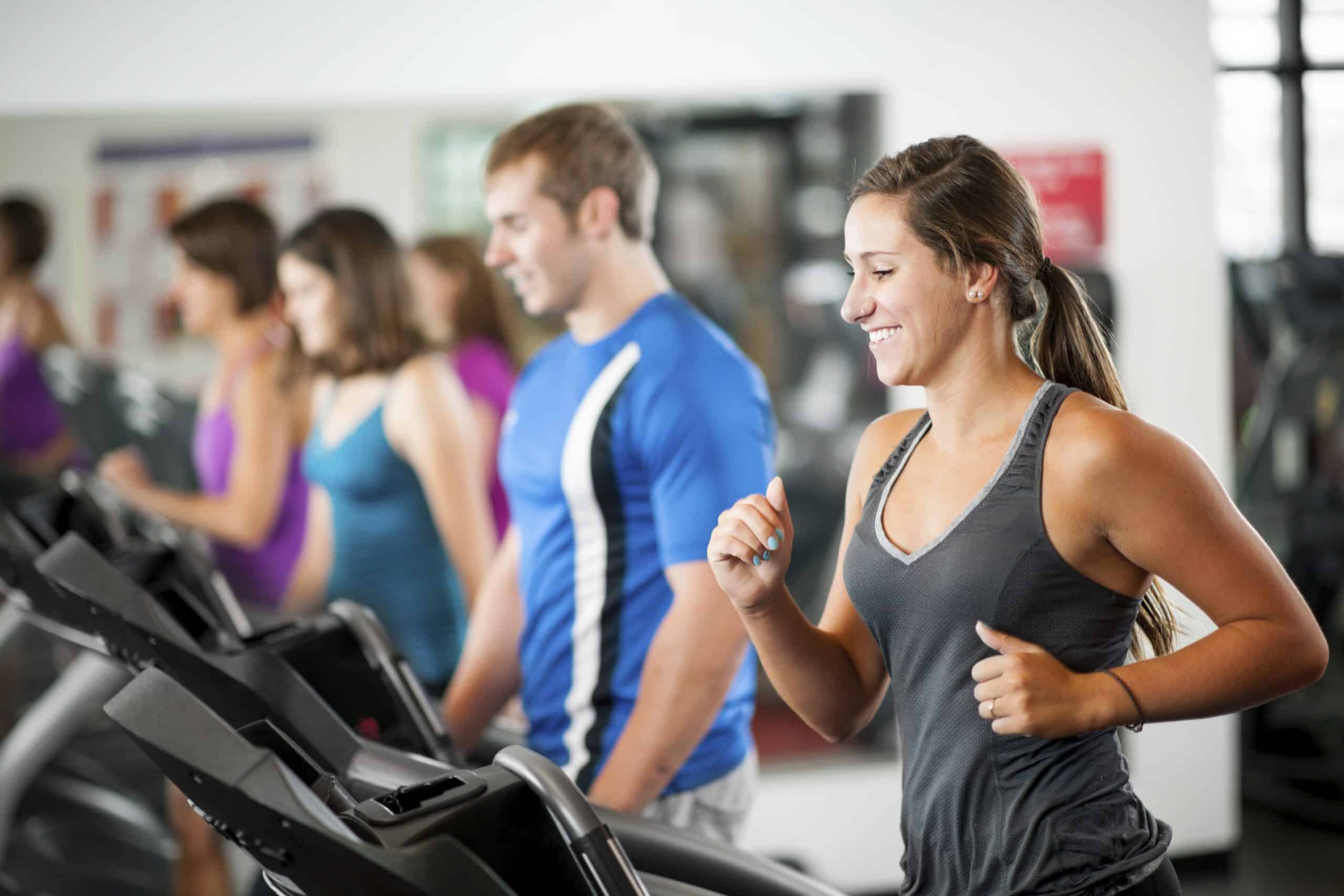

 Meaghan Cameron
Meaghan Cameron
 Noom Team
Noom Team
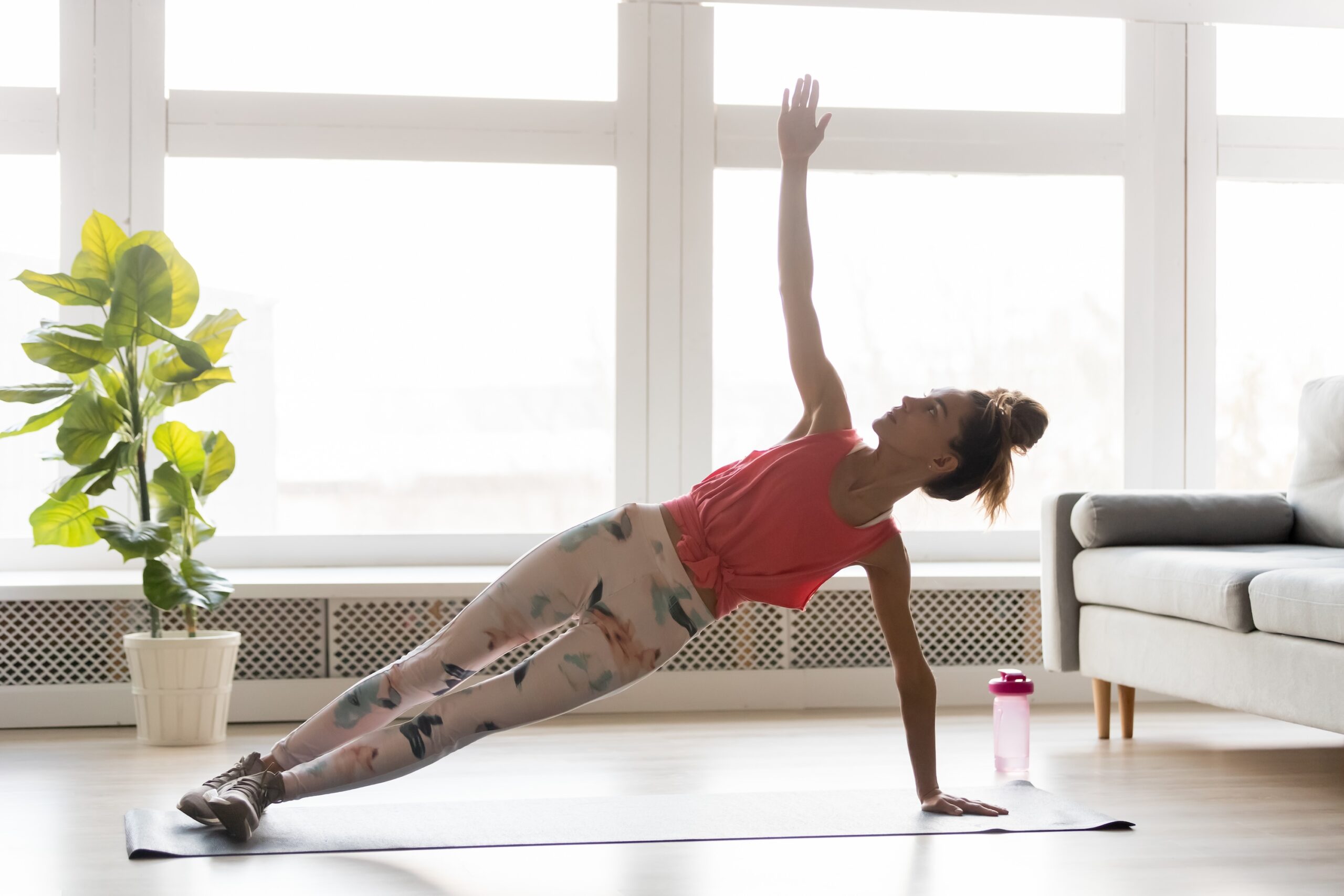
 Shoshana Fishbein
Shoshana Fishbein
 Melissa Kay
Melissa Kay